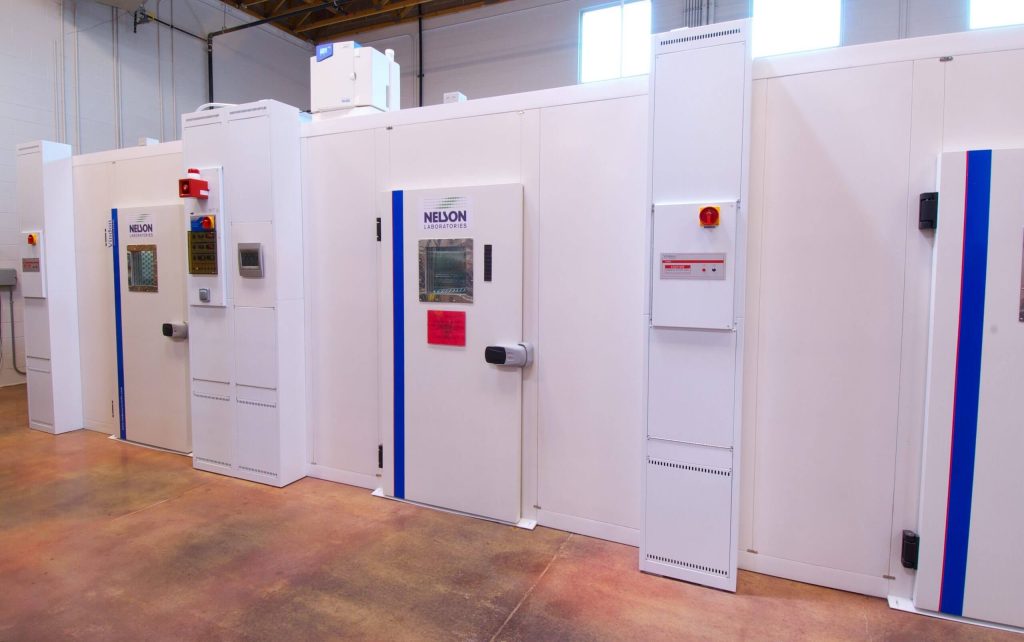
What is Accelerated & Real-Time Aging Testing?
The Accelerated Aging Test simulates real-time aging and shelf life by using elevated temperatures to artificially speed up the aging process. Accelerated aging is an optional requirement for testing, but real-time aging is required when establishing an expiration date for a product or product packaging.
Real-time aging Testing is performed at normal storage conditions in ‘real-time’. The product in its packaging is placed on a shelf and exposed to normal storage condition fluctuations such as temperature and humidity changes. Additional testing is performed after aging to access the packaging and/or product performance.
Why is Aging Testing Important?
Real-Time and Accelerated aging is important to determine the efficacy of product packaging over time. It is crucial that this shelf-life testing be performed to ensure the safeguarding of consumer health as a products intended use can be altered by a long shelf-life or changes in storage conditions. These tests push product packaging to the limit to expose potential issues that arise during shelf-life time.
Although not required, accelerated aging testing is beneficial for a products speed to market. An accelerated aging test can not only be used to beat a competitor to addressing a market demand, but also be utilized to get products into patients hands as fast as possible. In many instances it is necessary for a product to reach patient hands without delay and in rare cases their lives rely on receiving this product. Accelerated aging testing enables manufacturers to provide patients with their products swiftly while maintaining the quality and safety of their product. Our testing is done in conformance with criteria from:
- ISO 11607
- ASTM F1980
At Nelson Labs, we also provide Shelf-Life Packaging studies to evaluate packaging material and the use of the product in a hospital or clinical situation. This testing is done in conformance with criteria from ISO 11607.


